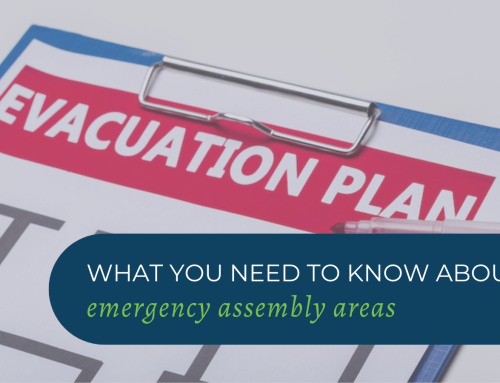The ability to ensure the safety, health, and wellbeing of everyone in the workplace is a goal any management would like to achieve. While not everything will be perfect, there is always room for improvement, a chance to be and do better. They say leadership is not just management. We would like to think of it as a process of influencing your team towards one goal, and that goal could be zero harm in the workplace. The desirable attributes of a leader include understanding and advocating WH&S obligations to effectively influence, guide and set an example, in order to keep themselves and everyone else free from danger.
What does safety leadership look like? Effective safety leaders constantly push for engagement and participation. They strive to keep the people informed with preventative actions, address any question pertaining to workplace hazards, motivate the staff to communicate and raise awareness for everybody’s benefit. Fundamentals of this kind of leadership, revolve around the following elements:
- Trust, Participation, and Involvement – Policies, procedures, and protocols would mean very little if supervisors and/or managers do not covertly follow them as well. Leading by example has always been proven as an effective learning and teaching approach when it comes to influencing positive behaviour. Effective communication, accessibility to information, and transparency from top management across the board will create a domino effect wherein workplace safety will hopefully become second nature. Being mindful of and looking after your colleagues radiates a sense of security and strong personal connection not only to their own safety, but for others in the workplace as well. Forming and instilling positive behaviours eventually breaks the bad, inappropriate, and unsafe behaviours. A management that proactively supports, rewards, and recognises regular and consistent positive behaviour will reap benefits not only in productivity and profit, but in managing safety and reducing risks.
- Adaptability and Improvement – Organisations need to establish positive risk prevention strategies which requires prioritising WHS policies in line with corporate goals and objectives. It will require applying different management styles to different groups of staff members and encourage collaboration between each department across the board. Managers and Stakeholders must be ready to take ownership of work and safety measures, promote knowledge-sharing, assist in feedback gathering, stimulate reporting, and raise active involvement from a single unit through the rest of the organisation. These will reap rewards in continuing the commitment to safety.
- Tools and Systems – Leading by example means there should be resources whether internally or externally, available to managers and supervisors for them to introduce safety schemes and procedures to their workers. It can start with as simple as providing and promoting a clean and less cluttered workspace. It may also be as simple as providing sufficient supply of protective equipment for staff who requires them, and making sure equipment is checked and maintained safe for use. First Aid kits, alarm systems, infographics, signage, coaching programs, and site-wide training sessions/programs may be quite an investment of time and money, but safety of your workers is imperative as the consequences workplace injuries can be much higher.
- Frequency – Developing a safety culture takes time, and sustaining the transformation requires a plan that keeps safety across the business at the forefront. Customise your safety management system to ensure that the “who, what, when, why and how” are addressed and that compliance with relevant legislations is promoted. Successful safety planning should always consider employee turnovers and leadership changes, maintaining operating disciplines, provide for regular audits, monitor data, appropriate training programs and reporting progress or mishaps. Businesses should consistently look for new ways to improve on safety to keep the momentum moving toward the goal of zero harm in the workplace.
At the end of the day, safety is about protecting people, their lives, and their livelihood, it will be rewarding to know that the better an organisation gets at achieving this, the greater the rewards can be.
Workplace Emergency Management can help you and your business instill, promote, and continuously encourage a culture of safety within your business. Ask about the services we offer as we have a wide range of consultants with exposure to all kinds of businesses and their emergency management needs.
Our friendly staff can assist you today, contact us today on 02-883-1694, use our enquiry form below.
GET IN TOUCH
Are you ready for peace of mind that your workforce is as safe and prepared as possible?
With a dedicated team of staff ready to help you meet compliance requirements and improve the overall safety of your workplace, all you need to do is get in touch.
Request your free audit today!



